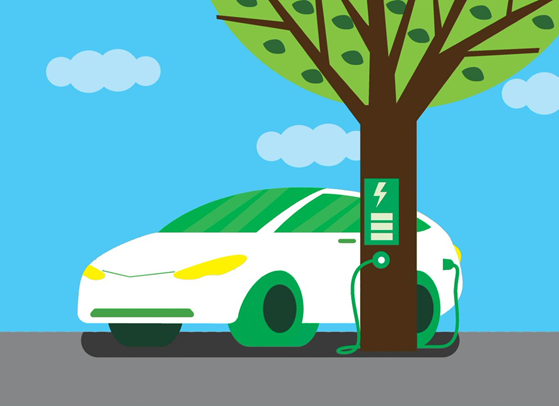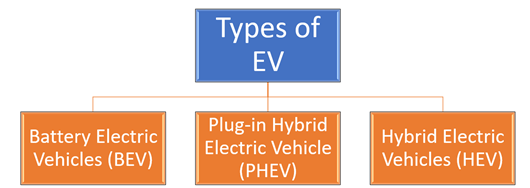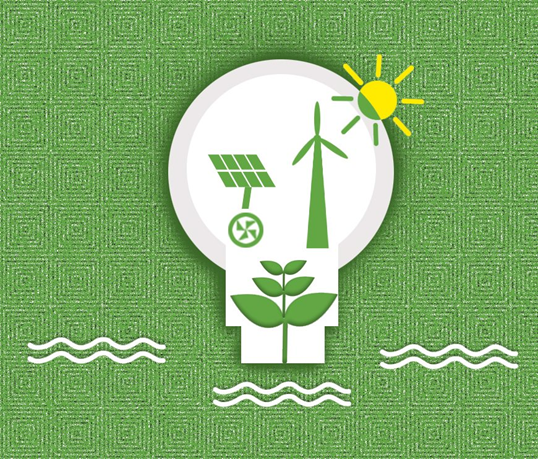What is an Electric Vehicle (EV)?

Source: Copyright © 2021 Kalkine Media Pty Ltd.
EV which stands for Electric Vehicle is a vehicle running on an electric motor rather than the internal combustion engine (ICE). Conventional vehicles powered by fossil fuels work on ICE to burn the fuel and generate the power to drive the vehicles. They are also responsible for global carbon emission.
As the whole world is trying hard to achieve the new-zero carbon emission by 2050 to address increasing pollution, depleting natural resources, global warming, EVs come as a savior. EVs are new-generation vehicles that don't require fossil fuels; instead, they run on electric power with high-end batteries. They are eco-friendly too.
Please read: All the latest about electric vehicle and clean energy leader Tesla.
Types of EVs:
By the degree of electricity used as the energy source, EVs are broadly classified into three main sub-categories viz. plug-in hybrid electric vehicles (PHEVs), battery electric vehicles (BEV) and Hybrid Electric Vehicles (HEV).

Source: Copyright © 2021 Kalkine Media Pty Ltd.
Battery Electric Vehicles (BEV): While saying EVs, its usually referred to as Battery Electric Vehicles. BEV does not contain any gasoline engines and runs completely on fully rechargeable batteries. BEVs store the electricity in the high-end battery packs. They are eco-friendly and don't emit anything harmful into the atmosphere. They get charged from the external power source with Level 1, Level 2, and Level 3 or DC fast chargers.
Plug-in Hybrid Electric Vehicle (PHEV): Plug-in Hybrid Electric Vehicles gives the customer a choice of fuel to be used. It is powered by alternative fuel, such as it has gasoline and a battery, and can switch the power through both ICE and electric motor. Batteries can be charged by an external power source and can reduce the consumption of fossil fuels.
Hybrid Electric Vehicles (HEV): Hybrid Electric Vehicles have the benefits of both electric motors and fossil fuels. They don't have any power charging system; instead, the battery is charged by the vehicle's braking system called regenerative braking system. The electric power can be used to run electronic devices and power tools.
Classification of EV Chargers
- Level 1 – Uses a standard 120v household outlet and takes around 8 hours to charge an EV that can run for about 75 to 80 miles.
- Level 2 – Needs a specialised charging station providing the power of about 240v. They are typically found at public charging stations and take about 4 hours to fully charge a battery for 75 to 80 miles of the run.
- Level 3 and DC fast charging – This is the fastest way of charging an EV. These chargers are found at dedicated EV charging stations and take about 30 mins to charge a battery for a range of 90 miles.
Also Read: EVs on a shoestring: Australia’s five most affordable electric cars
What is the need for EVs?
Electric Vehicles can help the world to combat the increasing pollution. There are two main types of emissions produces by the vehicles viz. direct emission and life cycle emission.

Source: Copyright © 2021 Kalkine Media Pty Ltd.
Direct emission is emitted by a vehicle through its exhaust. The remnants left after burning the fossil fuels get exhausted from the vehicle's tailpipe and get mixed up in the atmosphere. They increase the smog-forming pollutants, other pollutants leading to adverse effects on human health, greenhouse emission and carbon dioxide emission. On the other hand, EVs don't have any adverse impact on the environment based on direct emission.
Apart from that, Life cycle emission incorporates all emissions that account for a vehicle's life cycle from production to the vehicle's recycling and scraping. EVs produce less life-cycle emission than conventional fossil fuel-driven vehicles because the emission involved in generating electricity is much lower than the direct emission of carbon through the burning of fossil fuels.
The Journey of EVs in the past ten years:
The journey of EV had started in the 1830s with Scotland’s Robert Anderson who used galvanic cells to run the motorised carriage; however, the technology took a large leap in 2010 after the release of Tesla's Roadster breaking a barrier of 200 miles per battery charge with an attractive price tag of USD 100,000.

Source: Copyright © 2020 Kalkine Media Pty Ltd.
After the Roadster release, Tesla evolved quickly to become the EV industry leader and set a benchmark for the competitors. Other manufacturers also participated in the EV euphoria by releasing various EV models in the past ten years.
Additionally, the significant increase in the charging stations from mere 3,000 in 2011 to around 60,000 in 2019 in the US and around 1 million in the world has also triggered the industry's important movement.
Advancement in the technology has also brought down the average EV cost in 2019 to USD 55,600 with most of the cars in the range of USD 33,000 to become a viable option to buy.
The technology will excel in the future as well, and EV is the automotive industry's future.
Also Read: ABS update: Electric Vehicle Registration Double in 2020
 Please wait processing your request...
Please wait processing your request...